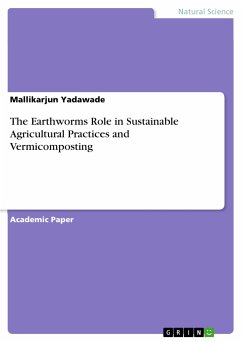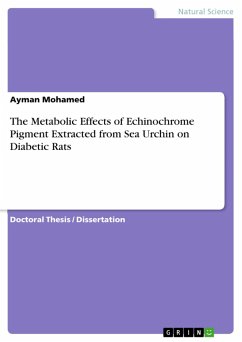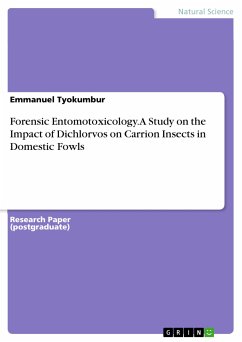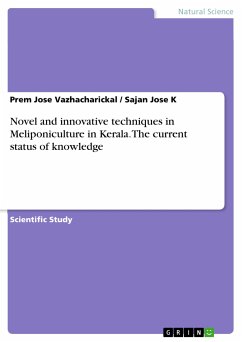Essay from the year 2012 in the subject Biology - Zoology, grade: A, ( Atlantic International University ) (School of Science and Engineering), course: Sericulture - Master of Science (Applied Entomology), language: English, abstract: Sericigenous fauna are animals that are capable of producing a natural and highly valued fibre called silk. According to Prasadet al.(2010), the word "Sericigenous" is derived from a Greek word "Seri" meaning Silk. Sericigenous fauna have a wide biodiversity, which can be primarily categorized as insect and non-insect groups. The non-insect group includes the Adriatic mussel (seashell Pinna nobilis and related species which produce silk referred to as sea silk) and a Madagascarian spider. The silk of non insect origin is of no importance to textile market as its use is limited in the area of optical instruments. The insect group includes all the silk spinning insects whether foraging on mulberry plant or other non mulberry plants; their silk is the one used in making garments. Therefore, Sericigenous resources include the silk producing animals and the associated plants they feed on. This paper reviews the sericigenous resources biodiversity that have so far been identified and documented and the efforts that have been put in place to conserve and utilize them sustainably. The emphasis here is laid on the Sericigenous insects, the silk moths, and their food plants.
Dieser Download kann aus rechtlichen Gründen nur mit Rechnungsadresse in A, B, BG, CY, CZ, D, DK, EW, E, FIN, F, GR, HR, H, IRL, I, LT, L, LR, M, NL, PL, P, R, S, SLO, SK ausgeliefert werden.









